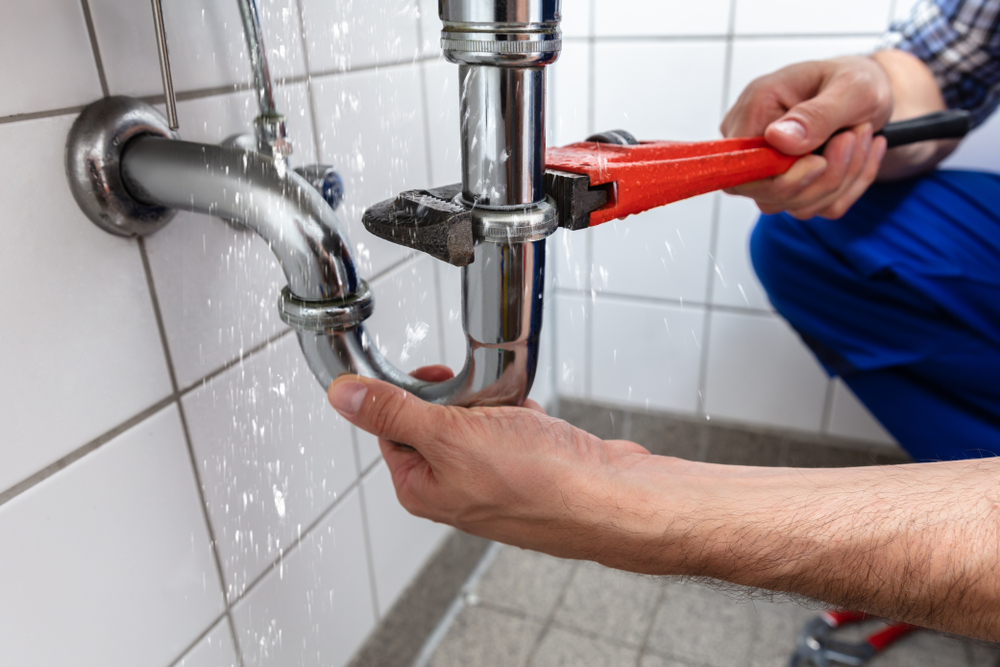How Will Plumbing Tech Trends Impact Facilities Management?
The plumbing industry is set for a significant technological transformation in 2025, reshaping facilities management, cleaning, and maintenance, according to Klaus Reichardt, CEO and founder of Waterless Co. Inc. He attributed this transformation to advancements in artificial intelligence, the Internet of Things (IoT), robots, and enhanced water efficiency technologies.

According to Reichardt, here are some key plumbing trends to expect:
Remote Monitoring
New smartphone apps will provide real-time data on building water pressure, flow, temperature, and leak detection and will enable water shutoffs. This allows managers to be more proactive in water management 24/7, preventing costly water damage, eliminating emergency cleanups, and improving water efficiency.
Smart Water Management Systems
These systems identify water consumption patterns, automatically adjust water flow to prevent water waste, maintain optimal plumbing performance, and offer actionable recommendations to enhance water efficiency. This might include suggesting the installation of low-flow toilets or no-water urinals to reduce water consumption. “These intelligent systems go beyond monitoring to actively improve facility water management, optimization, and provide strategic upgrade recommendations,” explained Reichardt.
Augmented Reality (AR)
AR simplifies repairs by allowing users to measure distances, angles, and pipe diameters in plumbing systems deeply embedded in walls and under floors. It also offers step-by-step guidance for plumbing repairs, displays detailed 3D models of complex plumbing components, and creates training scenarios for skill development. AR enables facilities managers, custodial staff, and maintenance workers to manage complex plumbing challenges with greater confidence and competence, helping them quickly and effectively diagnose and resolve most plumbing issues.
Robotic Pipe Inspection
Robotic devices can produce high-resolution images and collect data on a facility’s overall plumbing condition. Reichardt pointed out that many plumbing issues, such as tiny cracks and corrosion developing in pipes, cannot be seen with the naked eye. These robotics can detect them, allowing plumbers and maintenance personnel to prioritize plumbing tasks.
These new plumbing technologies will benefit facilities managers in several ways, according to Reichardt. He said, “They will help them cut costs, ensure tenant satisfaction, and use water more efficiently, reducing overall consumption. They also take the guesswork out of plumbing, allowing managers to make more confident decisions about their plumbing systems.”
The post How Will Plumbing Tech Trends Impact Facilities Management? appeared first on Facilities Management Advisor.

